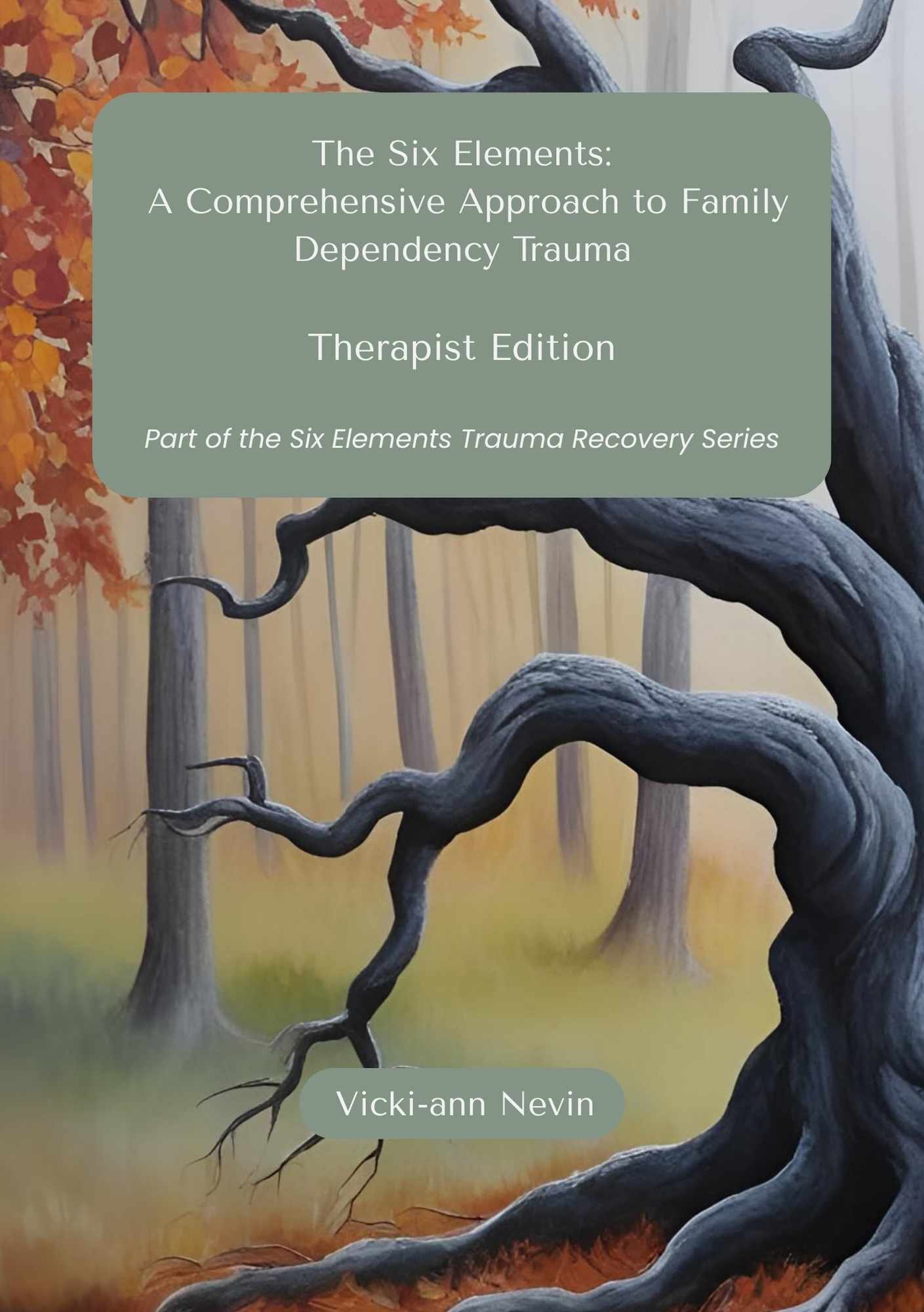Strategies for Healing Family Violence Trauma
Supporting Therapists: Healing Family Violence Trauma in Clients with Family Dependencies
Family violence and dependency-related trauma leaves deep and lasting marks on individuals, shaping not only their early experiences but also the way they relate to others throughout life. As therapists, your role in supporting clients who have lived through these dynamics is both vital and complex. This blog is designed to equip you with insights and practical strategies, while also pointing you to resources that can enhance your practice and client outcomes.
From Childhood to Adulthood: The Legacy of Dependency and Violence
The effects of trauma, especially when rooted in family environments complicated by substance or process dependencies, are profound and often unconscious. Clients may be triggered by people or situations that echo their early experiences, even if the similarities are not obvious on the surface. As therapists, it is crucial to recognise that these responses are not random-they are learned adaptations from a young age.
Children learn how to relate to the world through their earliest relationships. In families where dependencies and violence are present, the usual role models for healthy boundaries and emotional regulation are often missing. Instead, children adapt to survive, sometimes learning from inconsistent or harmful behaviour. Your clients may have witnessed or experienced family violence, and the lessons they learned about trust, safety, and love were shaped in these challenging environments.
The Shadow of Childhood Violence: Understanding Trauma Responses
Growing up amidst violence and dependency changes the way the brain develops. What might seem like an ordinary interaction to others can feel threatening to someone who has lived in a volatile environment. Hypervigilance, anxiety, and difficulty trusting are common-these are not signs of weakness, but evidence of a nervous system shaped by the need to stay safe.
As therapists, it is important to validate these survival strategies. Clients may scan rooms for exits, react strongly to sudden movements, or be highly attuned to shifts in tone and expression. While these adaptations were protective in childhood, they can hinder adult relationships and wellbeing. Helping clients understand the origins of these patterns is a key step in the healing process.
Relationship Patterns: The Unintended Inheritance
One of the most challenging legacies of family violence and dependency is the impact on relationship expectations. When love and harm come from the same source, clients may internalise beliefs that love is painful or that chaos is normal. This can lead to being drawn to familiar, but unhealthy, dynamics or rejecting kindness because it feels unfamiliar.
As therapists, your role is to gently challenge these patterns and support clients to build new, healthier ways of relating. This involves helping them recognise that their adaptations were necessary for survival, but are no longer serving them. Empower clients to make conscious choices about which lessons to keep and which to release.
Breaking the Cycle: Therapeutic Strategies for Change
Healing from family violence and dependency trauma is not about forgetting the past, but about understanding its impact and choosing a different future. Encourage clients to:
Recognise trauma responses in everyday situations
Explore how past experiences influence current relationships
Develop skills for emotional regulation and resilience
Establish healthy boundaries that respect their needs
Therapy is rarely a linear process. There will be breakthroughs and setbacks. Remind clients that each new, healthier response is a victory and a step towards rewiring old patterns.
Resources to Enhance Your Practice
Supporting clients with family violence and dependency trauma requires ongoing learning and the right tools. My workbooks and resources are designed specifically for therapists working in this space, offering:
Practical exercises based on evidence-based approaches like CBT
Step-by-step guides for recognising and addressing trauma responses
Strategies for building emotional regulation and healthy boundaries
Tools for creating sustainable healing practices tailored to each client
Whether you are new to this work or looking to deepen your expertise, these resources will help you support your clients more effectively.
Take the Next Step: Equip Yourself and Your Clients
If you’re committed to supporting clients affected by family violence and dependency, my workbooks and resources are here to help. They are grounded in research, practical, and designed for the realities of therapeutic work in Aotearoa New Zealand.
Click the button to explore and purchase these resources now. Invest in tools that will support both your professional development and your clients’ healing journeys.
Remember: understanding the past is the first step to changing the future-for your clients, and for the generations that follow


